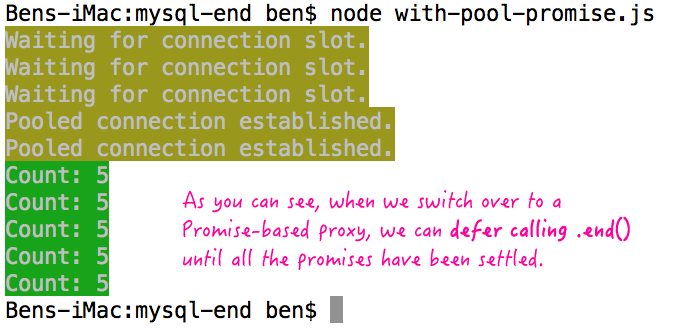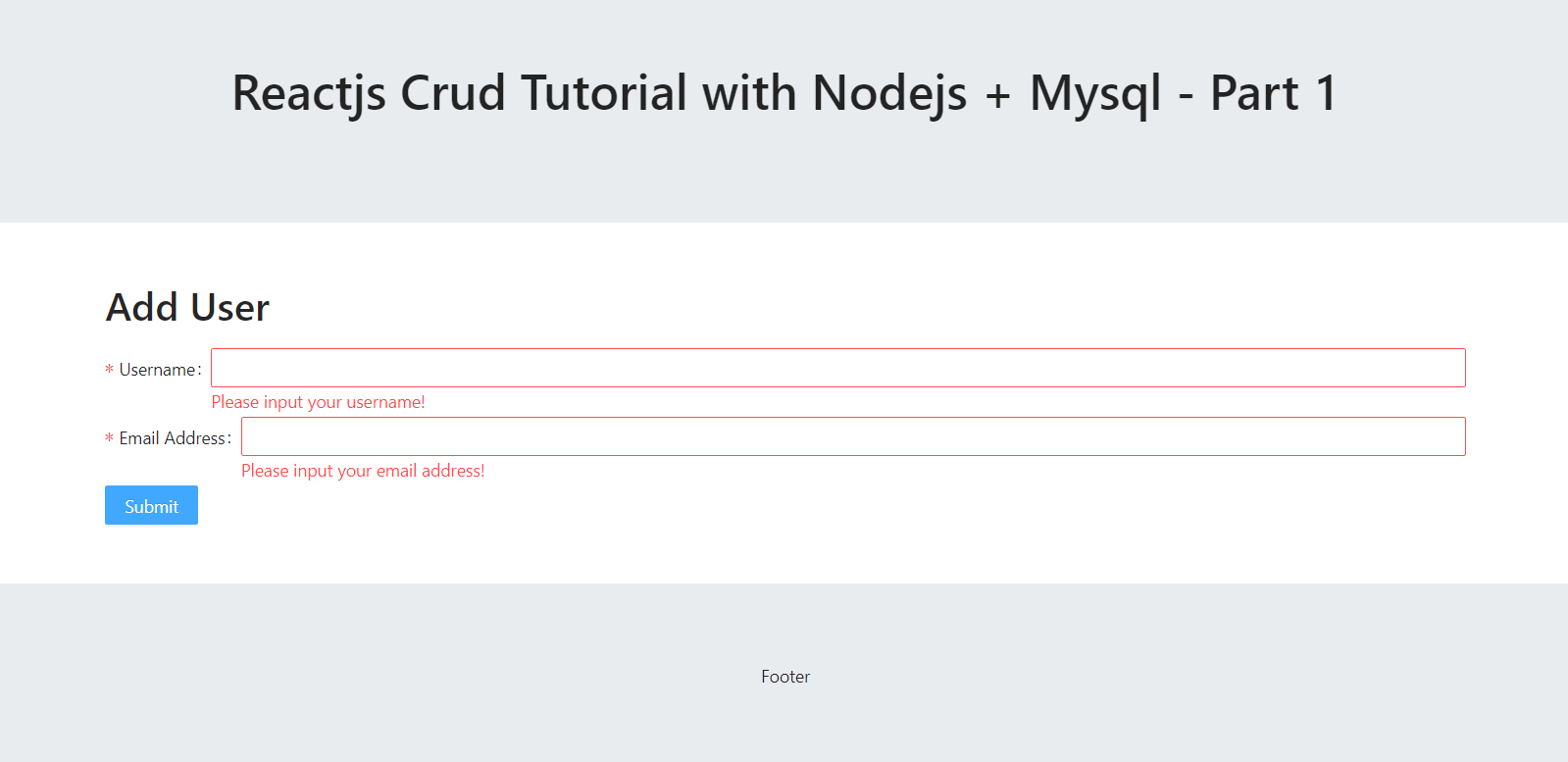

Graphical interface, such as Adminer, or using the command line. The next thing we need to do is to create a database and a database table to work with. If this is not the case, please consult the installation instructions on their home page. Before we get on to connecting to a database, it’s important that you have MySQL installed and configured on your machine. After this change the index.js file looks like below: const express = require ( 'express' ) One more thing to do is, change the index.js file to show a JSON output in place of rendering a view/HTML template. get ( '/', function ( req, res, next ) ) ) We will then add the routes/quoets.js file that looks like below: const express = require ( 'express' ) We will delete the routes/users.js file that we don’t need anymore. To delete the public folder run the following command: rm -rf public Delete existing routes and create a new route for quotes #Īt this point, we will make some changes to the routes. We don’t need any CSS or js for the purpose of this tutorial as we will deal with JSON. Delete public folder #Īs we are building a REST API for quote in this Node.js tutorial with Express we will delete the public folder. The generated basic express app can be seen in this pull request. You should see the below output on your browser:
#NODEJS MYSQL INSTALL#
To quickly check the output execute the following: cd nodejs-mysql & npm install & DEBUG =nodejs-mysql:* npm start You can generate an express js app without any view engine for this Node.js MySQL tutorial with the following command: npx express-generator -no-view -git nodejs-mysql To set up express, we will use the express-generator. Given you have Node.js running (either on the machine or with Docker), we can start with setting up Express first: Setup Express js for Node.js MySQL tutorial # It will be best to read on REST verbs and run some cURL commands to POST APIs. Before diving deeper into the steps, I would really recommend you to take a refresher on REST(REpresentational State Transfer). We will be building a simple REST API with Express js that can give out quotes.
#NODEJS MYSQL CODE#
You can code with an IDE, I will be using VS code but you can use any editor or IDE for this Node.js MySQL tutorial.I would suggest using remote MySQL or PlanetScale. You have access to a MySQL instance either running locally or remotely.Some git knowledge would be really helpful.You are familiar with how Node.js works generally and also know about Node.js frameworks.We will be using Node.js version 18 and npm 8.6. You have Node.js installed on your machine (or a docker container that can run Node.js).Prerequisites for Node.js MySQL tutorial # Use a NoSQL database if your project absolutely needs it else a relational database would suffice. This hilarious but accurate video from 2010 about MySQL vs Mongo still makes perfect sense. If you are starting a new project don't blindly use a NoSQL like Mongo DB. This leads to a need for a step-by-step Node.js MySQL tutorial. Most older systems or even new ones use a relational database management system like MySQL.

If you move an older codebase to Node.js you will not have the option to choose a database. Node.js has been popularly coupled with NoSQL databases, especially Mongo DB. Save new quote - POST API for Node.js MySQL tutorial.Paginate the quotes for Node.js MySQL tutorial.Delete existing routes and create a new route for quotes.Setup Express js for Node.js MySQL tutorial.

#NODEJS MYSQL HOW TO#
In this Node.js MySQL tutorial, we will look into how to get started with both of them step-by-step to build REST API for quotes using Express js. Node.js and MySQL mix very well together.


 0 kommentar(er)
0 kommentar(er)
